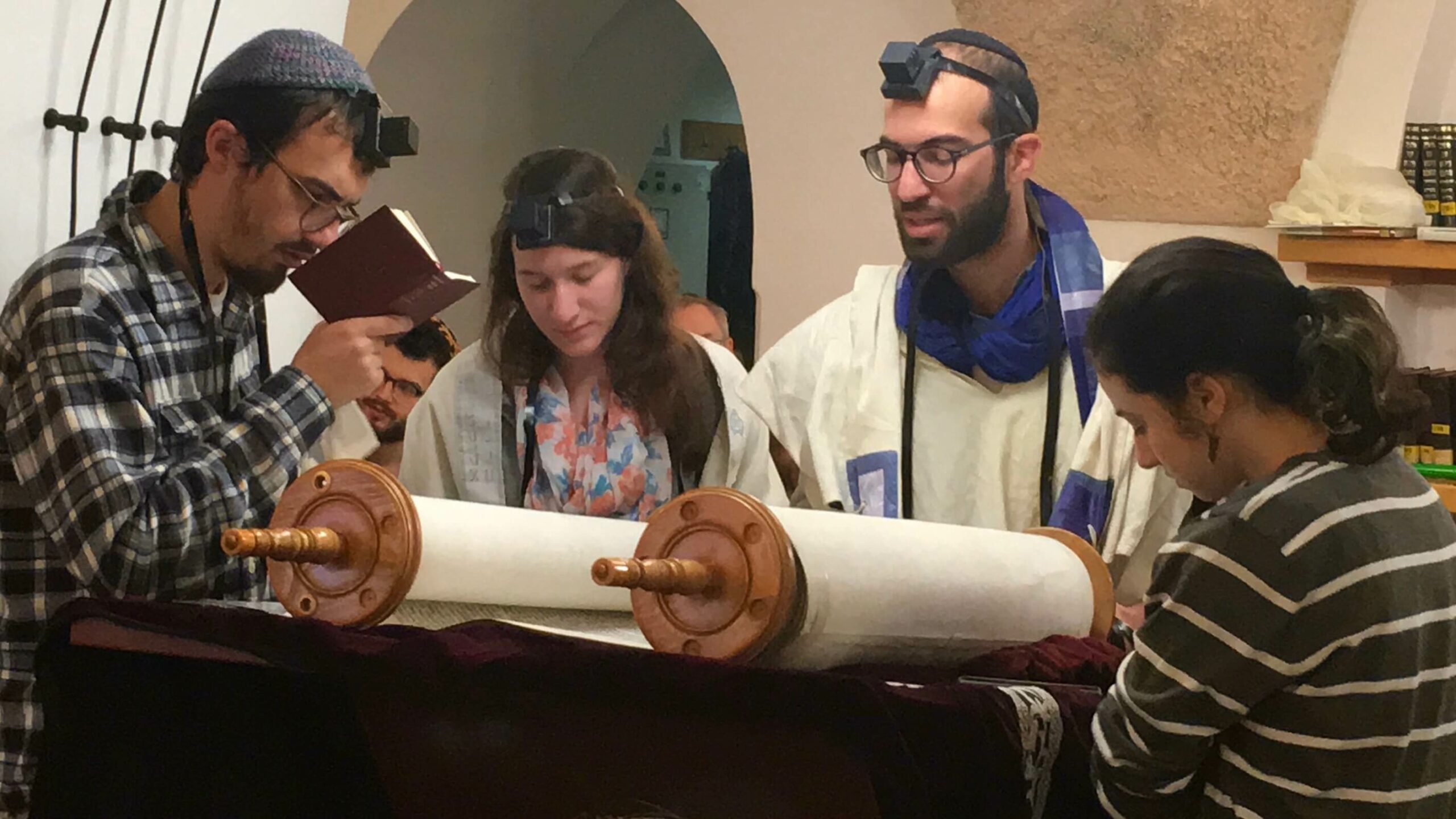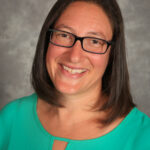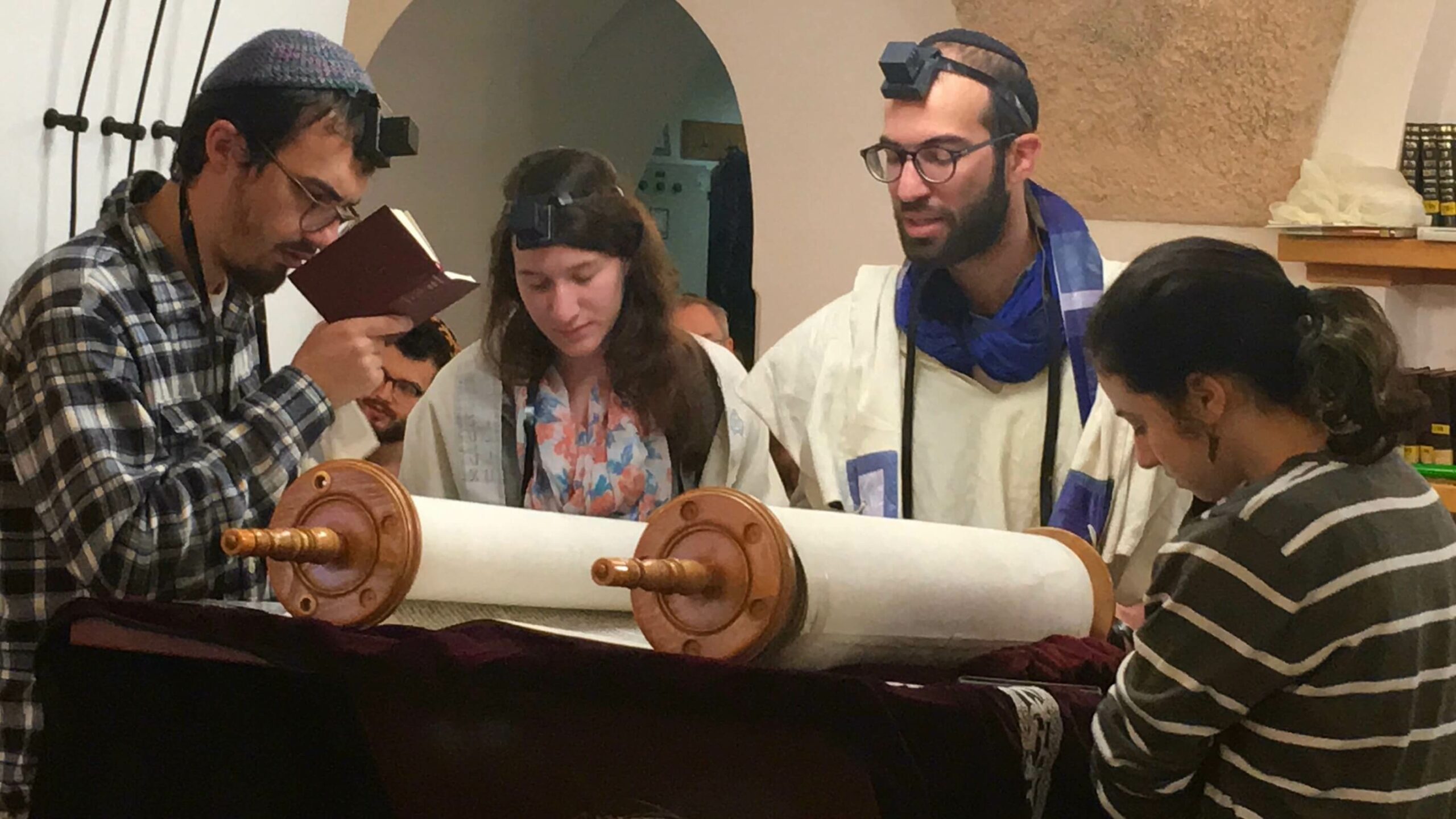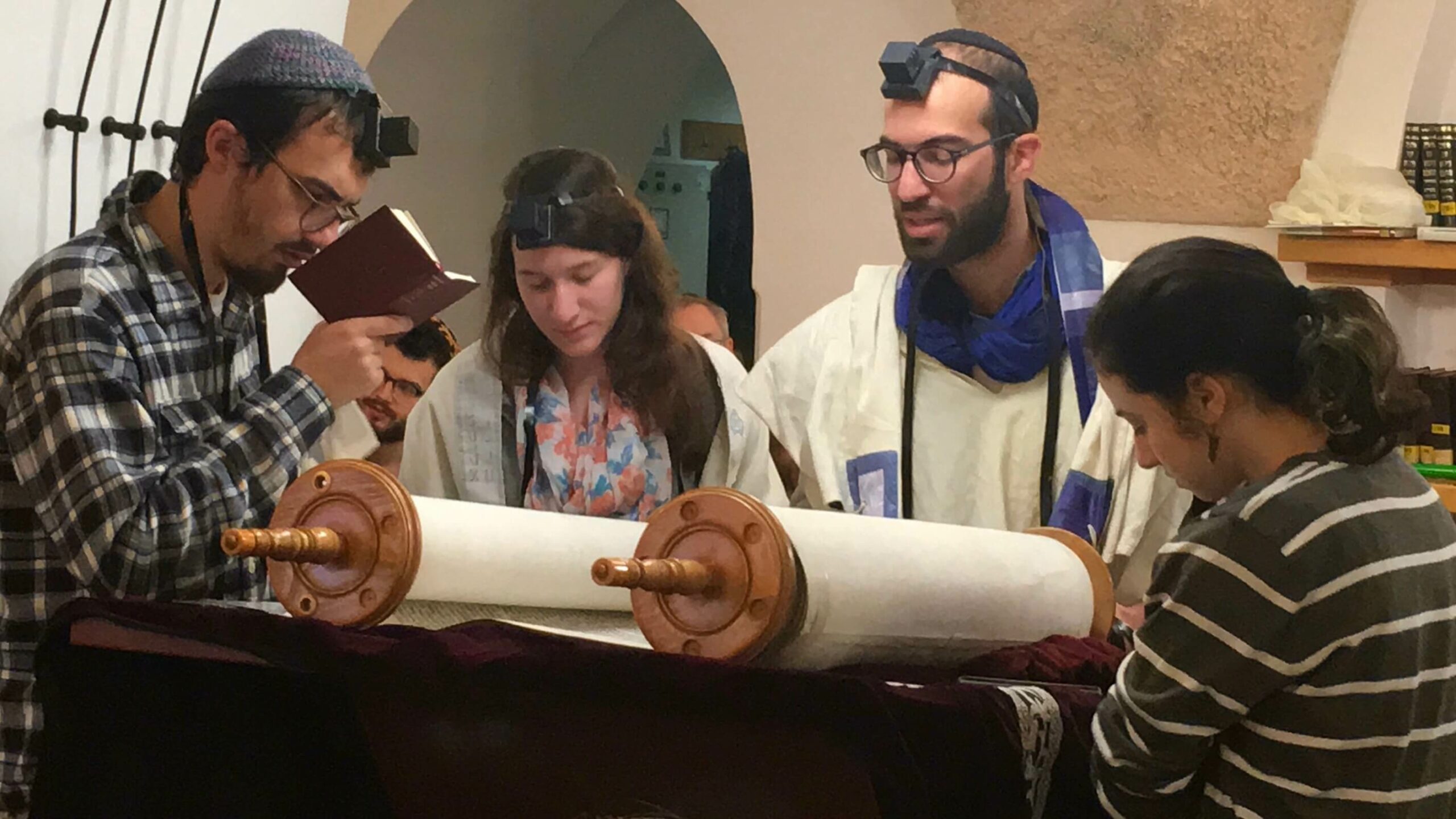

Parashat Bereshit Shabbat Mevarekhim Hahodesh October 27, 2019 | 27 Tishrei 5780
Annual | Genesis 1:1-6:8 (Etz Hayim p. 3-34; Hertz p. 2-20)
Triennial Genesis 2:4-4:26 (Etz Hayim p. 12-29; Hertz p. 6-16)
Haftarah | Isaiah 42:5-43:10 (Etz Hayim p. 35-40; Hertz p. 21-25)
D’var Torah: Seeing Miracles
Rabbi Louis Sachs, Conservative Yeshiva Alum & Associate Rabbi at Beth Tikvah Synagogue in Toronto, Ontario
The Torah is full of miracles: food falls from the heavens, a staff splits the sea, a donkey speaks, the earth itself opens up, just to name a few. These events call attention to themselves and stand out both to those present and those who hear/read about them because they are exceptional and defy expectations about how the world works. As we begin again the cycle of Torah readings with Parashat Bereshit, these stories, and the notion of miracles in general, can be difficult for us to relate to.
Since the advent of the Enlightenment, it has become much less common to label events “miracles.” Rationalist philosophers like David Hume argued that since miracles violate the natural order when someone reports a “miracle” it is more likely a deception or error of judgment – the laws of nature are far more reliable than any human witness. If so, then what are we to think of our ancient stories and the central role “miracle” plays in Jewish religious life?
This question touches on the greatest threat religion faces today, and it is not unique to Judaism. Religion today is besieged by disbelief. The prevailing voice in society is that religion or science are diametrically opposed: one can believe in and be guided by one or the other, but not both. Many then, abandon religion in exchange for a materialistic and scientific worldview, and in so doing, cut themselves off from the ability to experience the miraculous.
In response, scientists/believers such as Harvard Paleontologist/Evolutionary Biologist Stephen Jay Gould argued that science and religion are compatible, but only because neither oversteps its jurisdiction and transgresses beyond its domain. In other words, religion asks why and science asks how. The problem with this view is that it relegates religion to a place in which it has nothing to say about some of the most important questions facing us today.
Our tradition offers us a third view, as the Jewish Sages of old were familiar with the science of their day and also faced the dilemma of how to reconcile empirical and religious truth. In the Mishnah Pirkei Avot 5:6 they taught:
Ten things were created on the eve of the Sabbath at twilight, and these are they: [1] the mouth of the earth, [2] the mouth of the well, [3] the mouth of the donkey, [4] the rainbow, [5] the manna, [6] the staff [of Moses], [7] the shamir, [8] the letters, [9] the writing, [10] and the tablets. And some say: also the demons, the grave of Moses, and the ram of Abraham, our father. And some say: and also tongs, made with tongs.
In other words, the miracles listed above, though exceptional, are part of the original creation. That this list is limited to only a few items may indicate that the Sages believed that true miracles were relegated to the Biblical past. But read more expansively, Pirkei Avot makes the more radical claim that miracles are not the natural order being overturned, they are the natural order at work. It is not that miracles stopped occurring, but that we do not recognize them as such when we don’t take the time to look at the world with a sense of awe and wonder.
Jewish practice challenges and trains us to see the sacred in the mundane and appreciate daily miracles. Each day in the Amidah we recite the words of Modim, and the blessing concludes thanking God for “…miracles that accompany us each day, and for Your wonders and Your gifts that are with us each moment- evening, morning, and noon.” For many, the idea of a daily miracle is an oxymoron, but our tradition offers us the chance to approach each day with sensitivity to the holy and sacred. It does not ask us to suspend our belief in scientific knowledge; it asks us to suspend our belief that little moments are not really big ones.
As scientific knowledge grew, the rabbis did not establish separate spheres for religion and science. Instead, they reinterpreted the Torah in light of their new understandings. This year, as we begin a new cycle of Torah, let us approach the text with the same openness and bravery – openness to look to our ancient heritage for wisdom, and bravery to demand its relevance to our modern lives.
Parashah Study & Discussion
Vered Hollander-Goldfarb, Conservative Yeshiva Faculty
A new cycle of Torah reading is an opportunity to try something new. The questions below, centered around a central text from our parashah and a traditional Rabbinic commentary, are best tackled via paired “hevruta study” or in a small group. Not only can they help you engage more deeply with the text, but they can also be used as launching points for meaningful conversation. Enjoy and please let us know what you think!
Mazal Tov! A Parent is Born!
The first parents in the world had no parent role-models and no childbirth and parenting classes. What happens when the first human is born, rather than being handcrafted by God?
TEXT – Bereshit 4:1
Now the Adam knew his wife Eve, and she conceived and bore Cain, saying, “I have gotten (kaniti) a man with the help of the LORD.”
- How is Cain different than his parents? Among other things consider their points of start in life. How does that affect them (and us)?
- What are the potential benefits and pitfalls for the generation of Cain (and Abel) because their background is different from that of their parents’?
- The moment of birth seems to be a Eureka! moment for Eve. For the parents among us – What does the moment of birth into parenthood feel like?
COMMENTARY – Rashi on Bereshit 4:1
Cain – She called him so with reference to her use of the word (kaniti – Kain)
- In Semitic languages, names have meanings. How was Cain’s name significant?
- By stating “She called him…” Rashi solves a gap in the text. What was it? How did he come to this reading? What does it do for the story?
- Who names a person? Why? Why do you think that Eve gave Cain this name? Where is Adam?
With the help of the LORD – like “with the Lord”. When He created me and my husband, He alone created us; but in this one, we are partners with Him.
- According to Rashi, how did Eve perceive pregnancy and birth? What kind of experience was birth?
- Eve is the mother of all living people. How does her experience reflect that of other parents?
- How does the birth of a child differ from all other human creations? (How would you define a ‘creation’?)
D’var Haftarah: A Universal Mission
Rabbi Mordechai Silverstein, Conservative Yeshiva Faculty
It is not hard to note the connection between this week’s haftarah reading from Isaiah and the opening parashah of the Torah. The idea of God as the Creator of the world is central to the message of each. And while the description of how creation took place in each of these accounts is different, it is clear from both that God’s relationship with the world is founded on the fact that He created it. In Isaiah, it is expressed in these words: “Thus said God, the Lord, Creator of the heavens, He stretches them out, lays down the earth and its offspring, gives breath to the people upon it and life-breath to those who walk on it. I the Lord have called you in righteousness and held your hand and preserved you and made you a covenant for people and a light of the nations.” (verses 5-6)
Professor Shalom Paul (21st century Israel) understands from this verse that God created Israel with a two-fold purpose, one as a covenanted people responsible for the maintenance of its own existence and the other universal, as an exemplar for all nations. (Isaiah 40-48, Mikra L’Yisrael, p. 146) For Rabbi David Kimche (12th century Provence), on the other hand, this verse teaches that God created the world for the sake of the children of Israel whose purpose in this world was to maintain the existence of each and every nation and as a “light of the nations” to “maintain peace among the nations” and to foster ‘the observance of the seven Noachide laws”. Broadly understood, the Jewish role in the world, according to Kimche, was to bring about God’s worldly order.
This message is different from what we are used to. Normally, we think of God’s covenant being founded upon the experience of the children of Israel at Mount Sinai and to be particular in nature. Here, the covenant is based on God’s role as Creator of the world. Kimche sees in this a universal mission. One possible “modern” takeaway from this message might be that there is a Jewish religious imperative to ensure that God’s world remains a livable place for all. This responsibility requires not only that people try to get along but also that we work to make sure that the planet that we live on remains a livable place – a place that was created “very good” that should remain that way in perpetuity.








